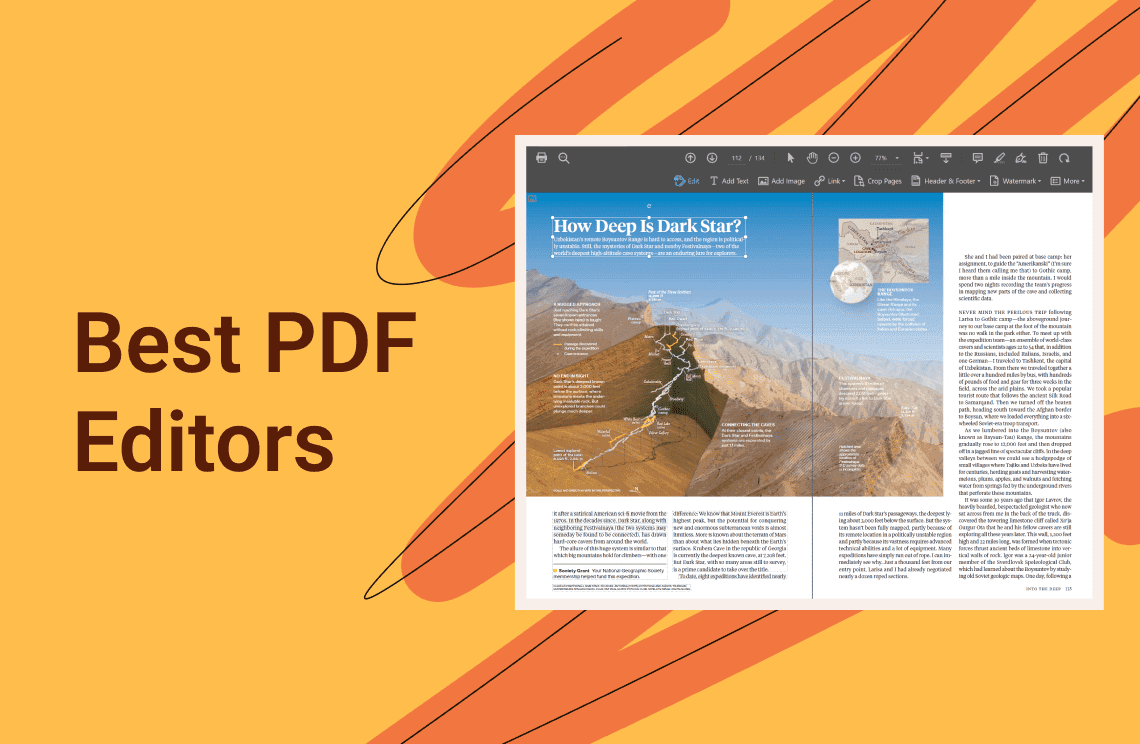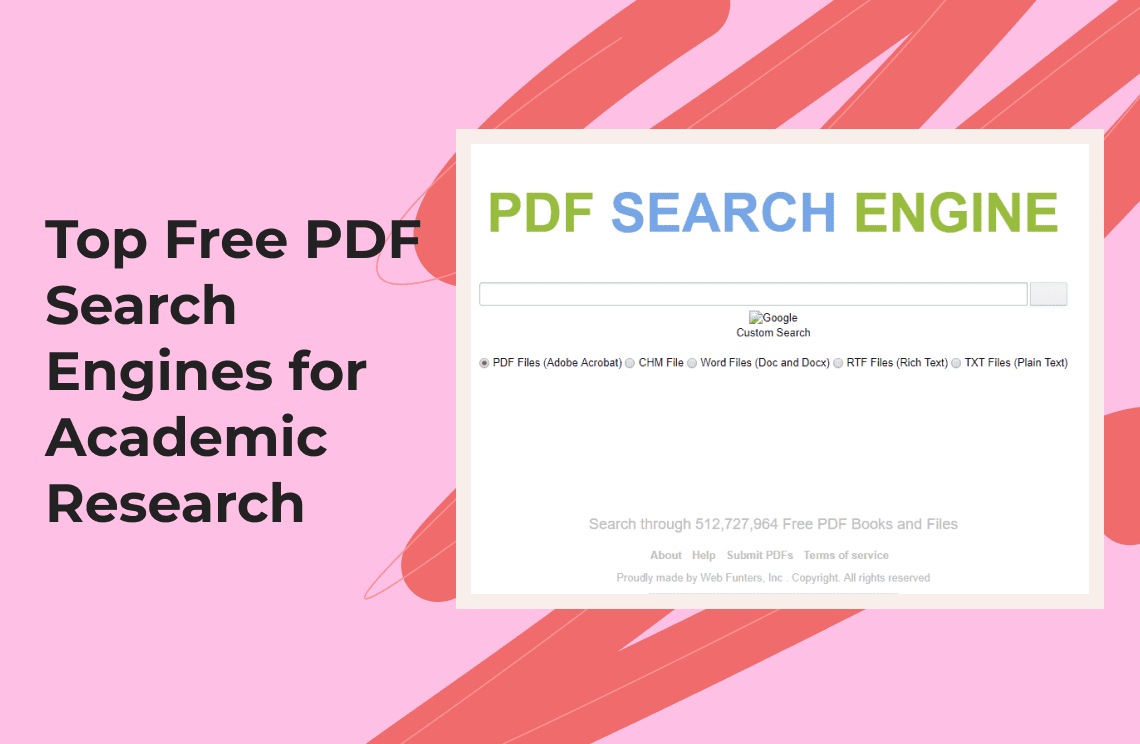If you work on several digital files daily, you may have encountered an ASPX file. Surely, it’s not as common as .doc or .pdf. However, learning more about this file format will help you understand how file servers and the internet work.
What Is an ASPX File?
ASPX means Active Server Page Extended, which contains source code and scripts to communicate how web pages must display. Generally, it’s generated by a web server built on Microsoft's ASP.NET framework. Unlike HTML pages, an ASPX file has a server-side code executed on the web server before it’s sent to the user’s browser as the standard HTML page.
How to Open an ASPX File?
The most common result of downloading a file from the web is getting the .aspx file on the document. Of course, for someone who’s not very familiar with this file format, it can be challenging to work around this file.
There are several ways to open an ASPX file. Microsoft initially intended for this file format to be opened in its IDE, Visual Studio Code, which always does the job perfectly. However, there are other tools and programs available if you wish to explore alternatives.
Method 1: Using Your Web Browser
The easiest way on how to open ASPX file on Windows is using your web browser. Since this file format is designed to be rendered as HTML in browsers, users can quickly view the content by changing its file extension. Here is how to do it.
1. Find the ASPX file. Navigate to the folder where the file was saved.
2. Right-click on the ASPX file. Choose Open with.
3. Choose a preferred web browser. Check the available browsers on your device (e.g., Microsoft Edge, Google Chrome, and more) to open the file.
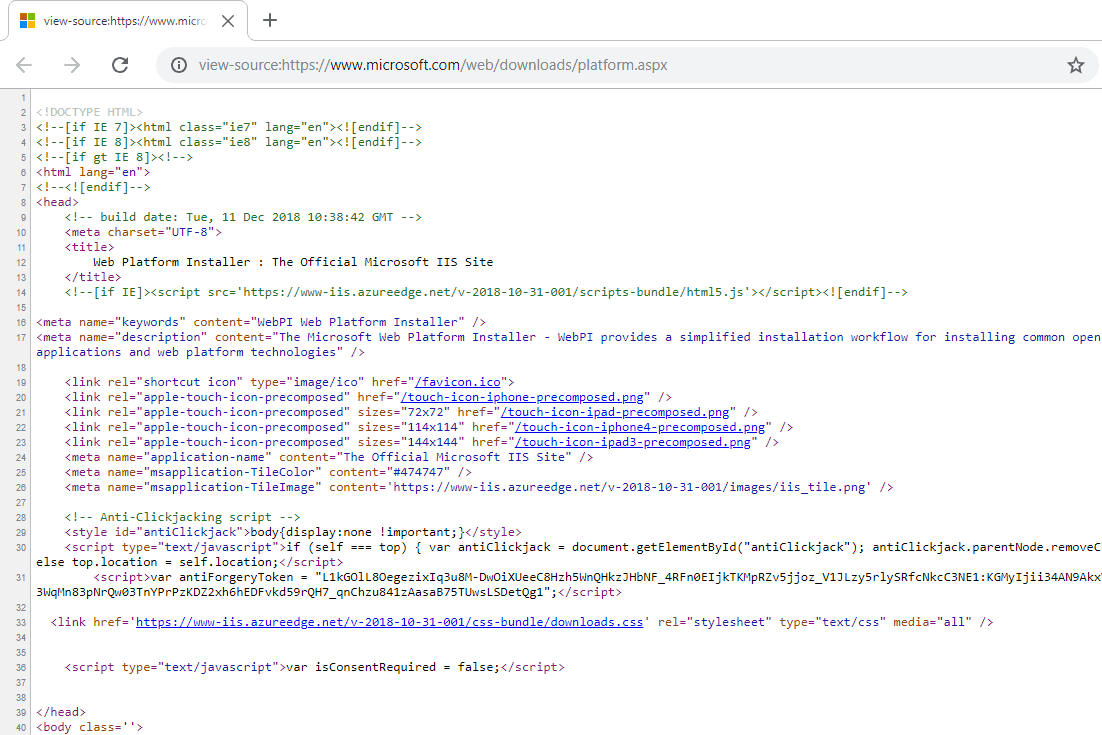
4. View the file in the browser. The ASPX then opens, rendering the web page as HTML web content.
Method 2: Using Text Editor
This option will be useful for developers and programmers who must inspect or modify the script inside the ASPX file. Once opened, you can view the code behind the file. Check out the following steps.
1. Search for the ASPX file—Right-click on it.
2. Click ‘Open with’ from the Menu section and choose a text editor like Notepad++, Notepad, or Visual Studio Code.
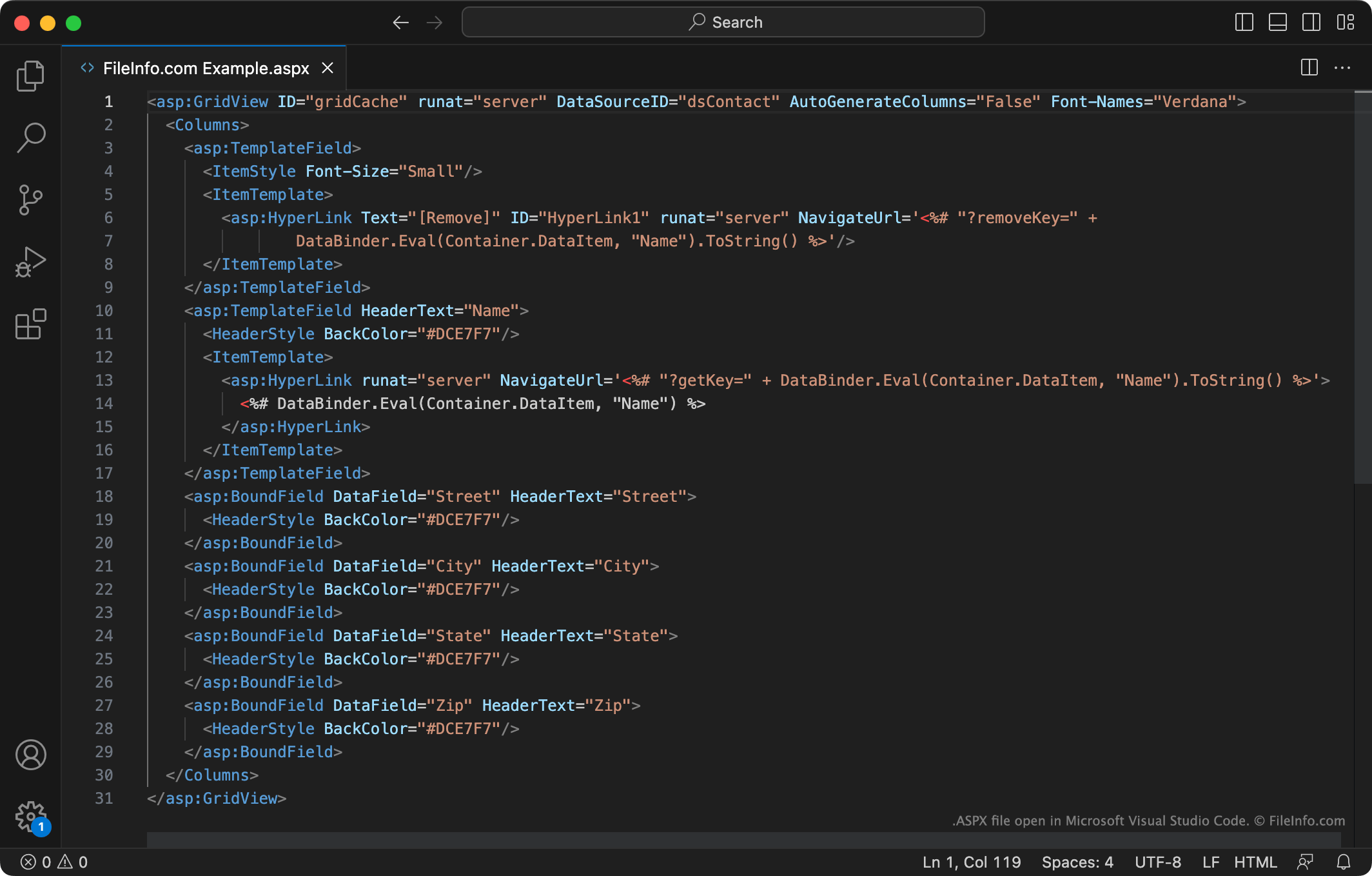
3. The ASPX file will then be opened through the text editor, which shows the code behind the ASPX file. This includes CSS, HTML, and VB.NET or C#.
4. You can edit the file. Since the ASPX is opened through a text editor, you can modify and save it.
Method 3: Using Web Development Tools
Tools like ASP.NET Development Server or Visual Studio are more suited for advanced users. These tools offer the most comprehensive way to view and work with an ASPX file, allowing you to run the files locally on your system. By doing so, you can interact with server-side scripts and access the full functionality of the ASPX file. Follow the guide below to learn how to use these tools for running and working with ASPX files effectively.
1. Install Visual Studio. You can download it on the official Microsoft website. Install the required ASP.NET components.
2. Launch Visual Studio. Create a new project or open an existing one containing the ASPX file.
3. Add the ASPX file to the project. This applies to users who have pre-saved ASPX files on their computers. Drag it to the Visual Studio’s project folder.
4. Edit and run ASPX files. This step lets you execute the files locally through a development server by clicking the ‘Run’ button.
Method 4: Changing File Extensions to HTML
A more straightforward way how to open an ASPX file is to convert the existing ASPX to HTML. By doing so, you enable your browser to recognize the files as HTML documents. This conversion makes it easier to open, view, and navigate the content directly in your web browser. In the next steps, we will show you how to convert and open an ASPX file as an HTML file for seamless viewing.
1. Enable the file extension in File Explorer. Once you open your File Explorer, click View, select Show, then File name extensions. This ensures you’ll see the file extensions.
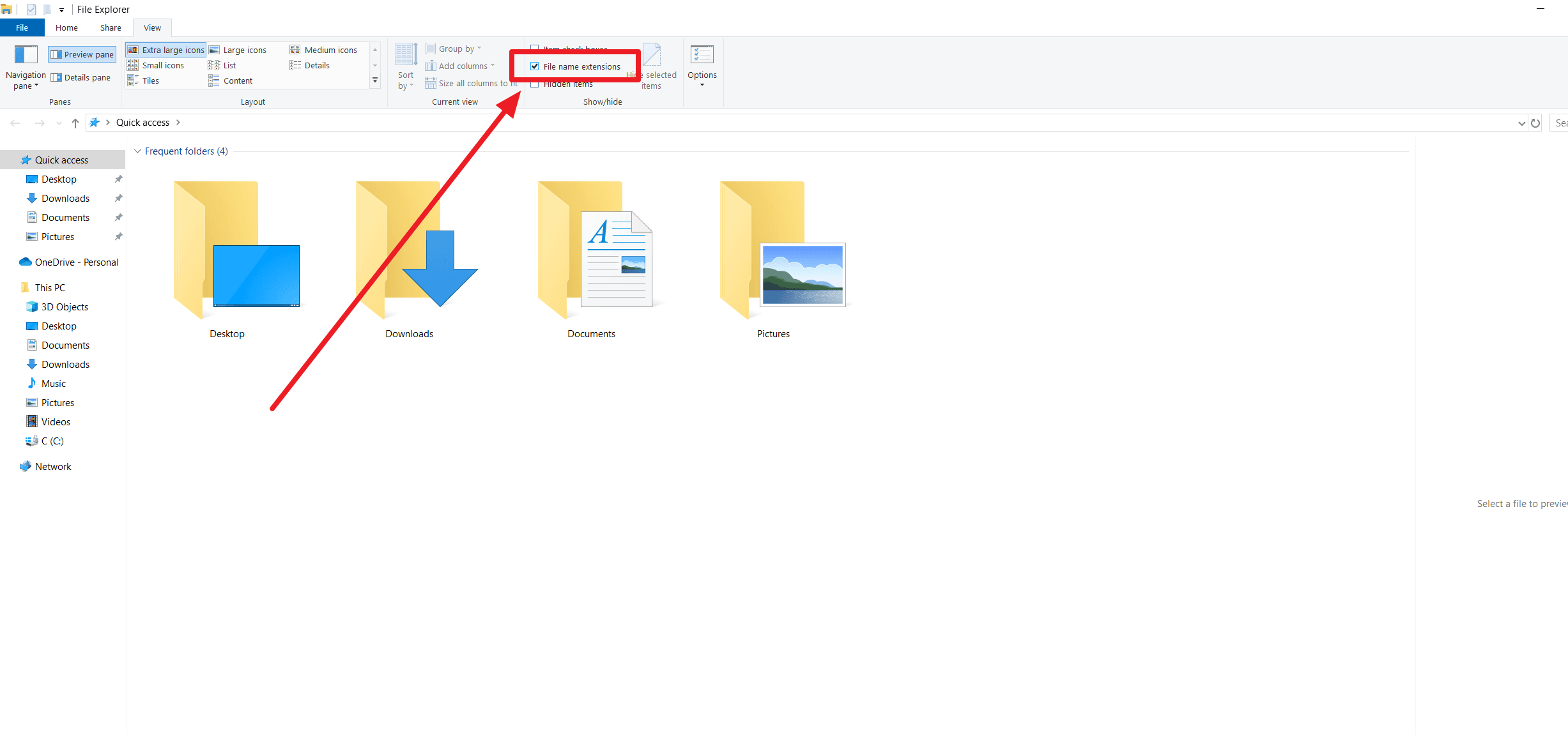
2. Rename ASPX files. Right-click on the file and click Rename. Customize the file extension from ASPX to HTML.
3. Confirm the modification. Your PC or laptop will ask if you're happy with the changes you made; click Yes to confirm.
4. Launch the file in a web browser. Double-click the renamed file to open it as a normal HTML page.
Method 5: Converting an ASPX file to PDF
If you’re more comfortable using a more accessible format, you can convert the file into a PDF. Several modern online tools and browsers let users save a webpage as a PDF file. Here’s how it’s done.
1. Launch the ASPX file in your web browser. You can follow option no.1 to open the file using your web browser. This will render the ASPX file as a web page, allowing you to view its content properly. You can proceed with this method if you're comfortable navigating your browser settings and file directories.
2. Print as PDF. Find the Print command or use Ctrl + P to open the Print window. From the settings, choose Microsoft Print to PDF or Save a PDF. This option enables you to convert the webpage into a PDF file for easier storage or sharing. Ensure that the print settings are correctly adjusted before confirming.
3. Save the newly converted file. Click Save and select the location where you want to save the PDF file. The relatively complicated ASPX file is now a PDF document that you can easily share and open. By saving it as a PDF, you'll ensure that the formatting and content remain intact for future reference.
Why Do You Use an ASPX File?
While the reasons below won’t matter much to those not in the industry, ASPX files offer several advantages to software engineers, which is why this specific file format is mostly used in this field.
- Each new version provides improved stability, making it a preferred web development technology for engineers.
- It allows programmers and developers to build rich websites and various web apps that are dynamic and compiled languages.
- It helps reduce coding time, especially when developing applications, thanks to the varied coding reviews that improve quality.
For Further Reading
The above discussion surely has shone a light on what ASPX files are and outlines the several methods on how to open ASPX files, read, and edit if necessary. We provide various options—from straightforward ones to complex and advanced ones. We ensure to cater to all types of users and those who are on their journeys to learning the complex field of web development.
For beginners, it's important to start with simpler methods, such as opening an ASPX file in a browser or converting it to HTML. As you gain more experience, exploring advanced tools like Visual Studio or ASP.NET Development Server can help expand your understanding of web development and server-side programming. These methods provide greater control and insight into ASPX file handling. If you want to learn more things about file format, please check our Knowledge Blogs | PDF Agile and File Formats | PDF Agile.


